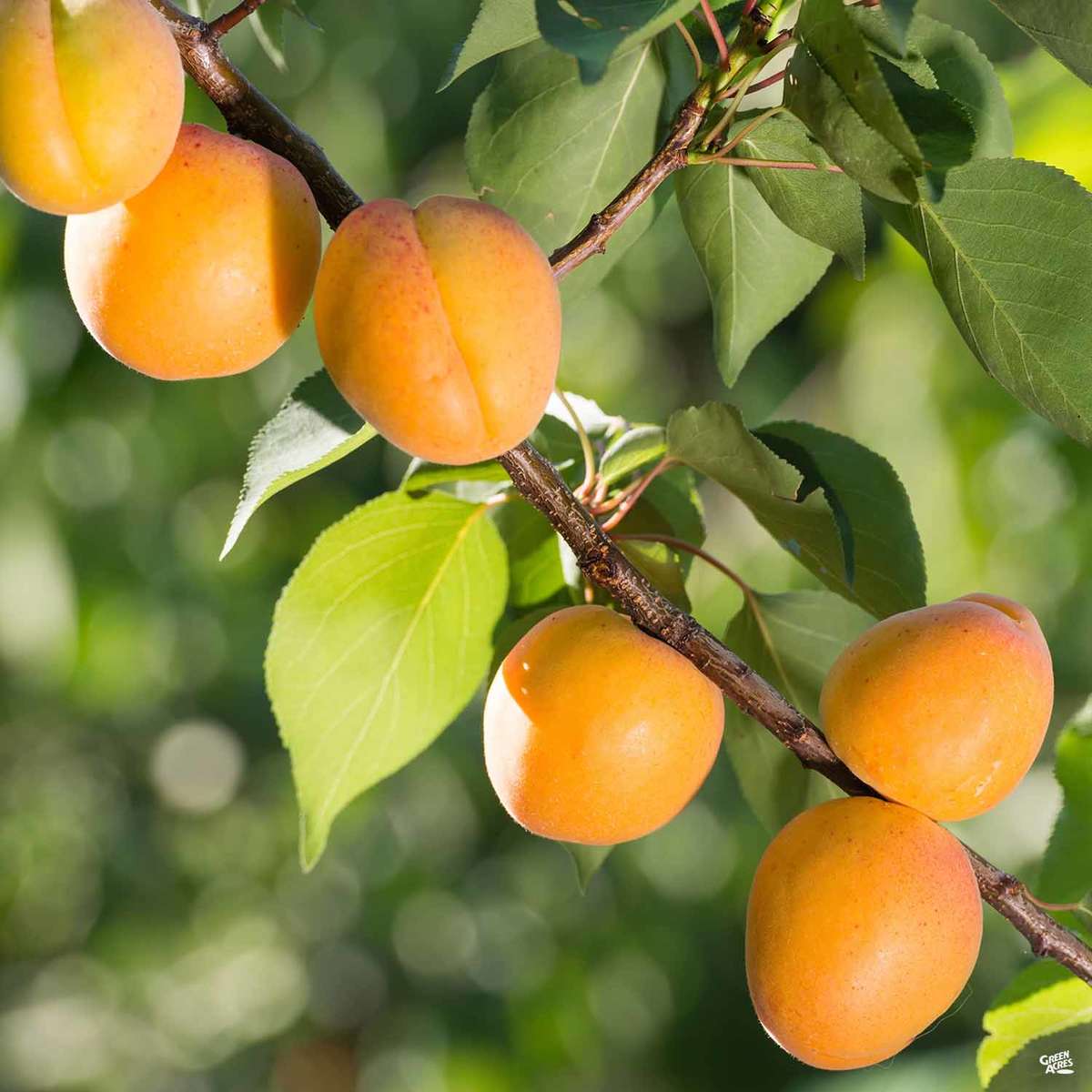
August Garden Tasks
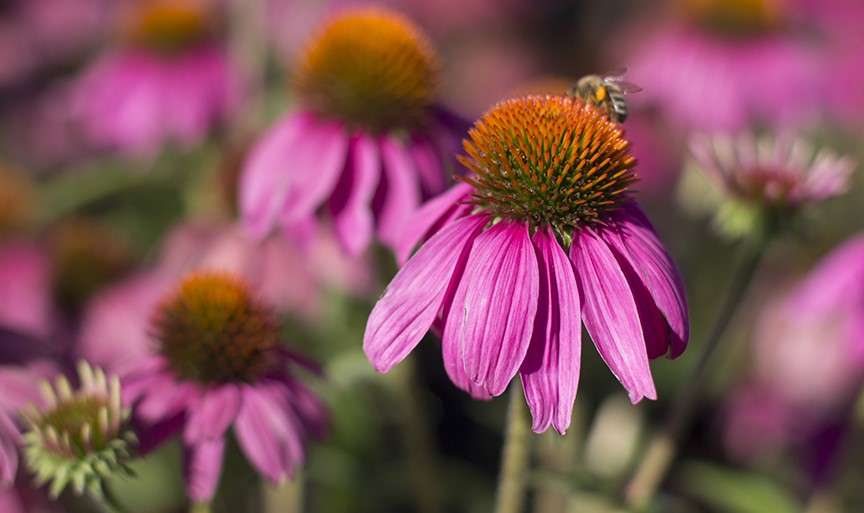
August Garden Tasks
We're inching towards the fall season, even though the temperature gauge indicates otherwise. August is a busy time in the garden and this month we have tips about fruit tree care, supporting wildlife, starting winter veggies, and making notes about the summer garden to use as a resource next year.
Fruit Tree Care
Pruning: Did you know? While most fruit trees get significant winter (dormant) pruning, apricots and cherries are the exception. Now is the time for their biggest pruning of the year. By pruning now, cherries and apricots avoid certain diseases they could get from winter pruning.
There is a “sweet spot” for pruning citrus trees in the spring. Spring is when the risk of freeze has passed, but well before summer heat. For now, only prune suckers and water sprouts, and thin heavy set of fruit to keep branches from breaking; pinch and twist small fruit to pull them off.
Feeding: Now is the time to give your citrus and avocados one last feeding before the end of the year.
Cleanup: If you are still harvesting fruit, keep insect pests and diseases to a minimum by harvesting regularly, picking up any fruit on the ground, along with any old, hanging fruit.
There is a “sweet spot” for pruning citrus trees in the spring. Spring is when the risk of freeze has passed, but well before summer heat. For now, only prune suckers and water sprouts, and thin heavy set of fruit to keep branches from breaking; pinch and twist small fruit to pull them off.
Feeding: Now is the time to give your citrus and avocados one last feeding before the end of the year.
Cleanup: If you are still harvesting fruit, keep insect pests and diseases to a minimum by harvesting regularly, picking up any fruit on the ground, along with any old, hanging fruit.
Support Local Birds
The extreme heat of August means that local wildlife, including birds, are in desperate need of fresh water. Maintaining water sources in your garden can help.
- Birdbaths: Keep birdbaths filled with clean, fresh water. Change the water frequently to prevent stagnation and mosquito breeding.
- Bird Feeders: Refill bird feeders regularly and clean them to avoid the spread of disease.
- Wildlife Friendly: A garden that provides water, food, and shelter will attract beneficial wildlife, which can help with pest control.
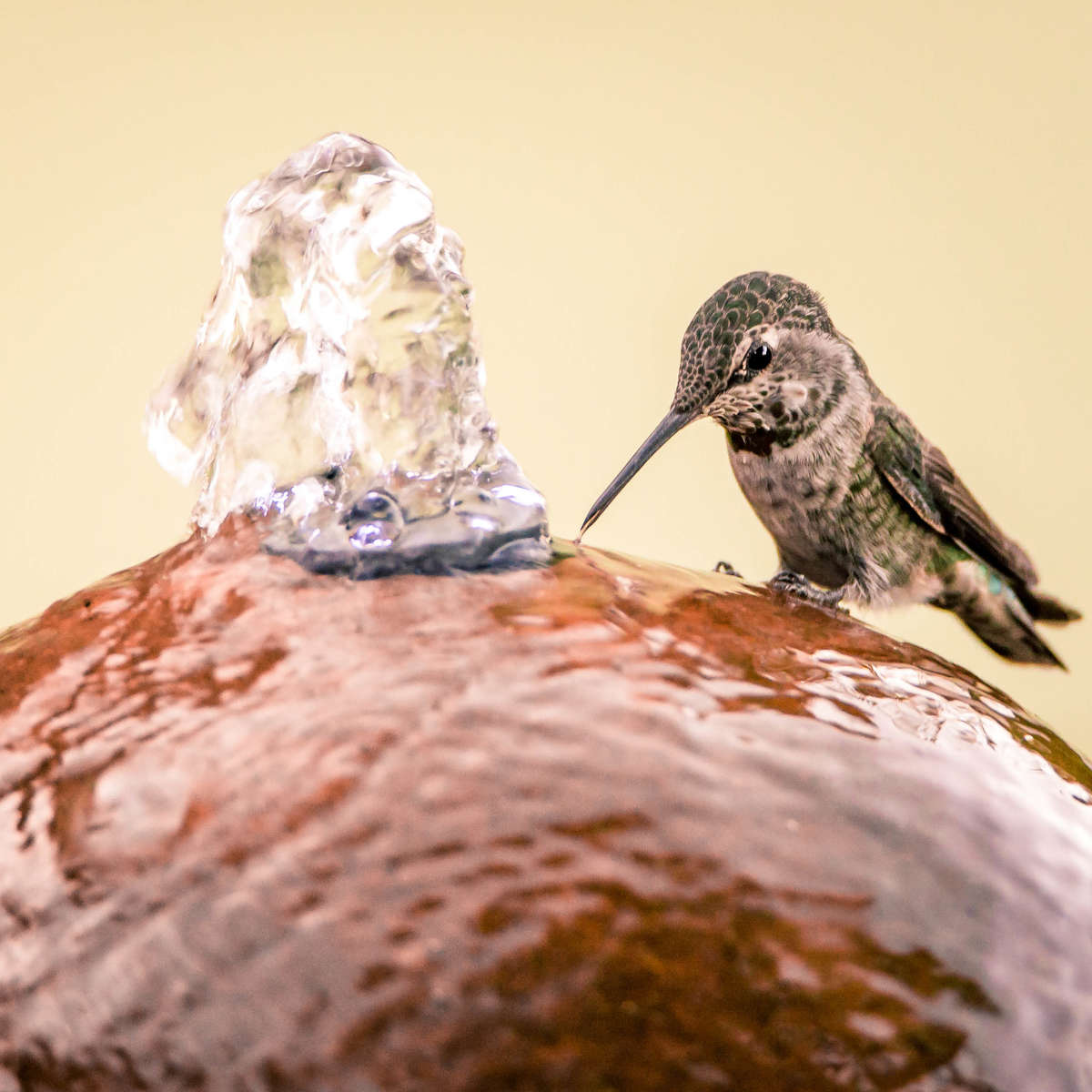
Start Cool-Season Vegetables
As summer crops begin to wane, it's time to start planting winter vegetables. August is ideal for sowing seeds of cool-weather crops like beets, broccoli, cabbage, and kale. Here are some tips to get you started:
- Soil Preparation: Ensure your soil is rich in organic matter by feeding it with compost or earthworm castings to improve soil fertility.
- Sowing Seeds: Plant seeds at the recommended depth and spacing for each vegetable. Keep the soil consistently moist until seeds germinate.
- Transplanting: If you prefer, you can start seeds indoors and transplant the seedlings into the garden when they are strong enough.
See our Vegetable Planting Calendar for more information on what you can do now. Our veggie plant starts begin to arrive at our nurseries in early September.
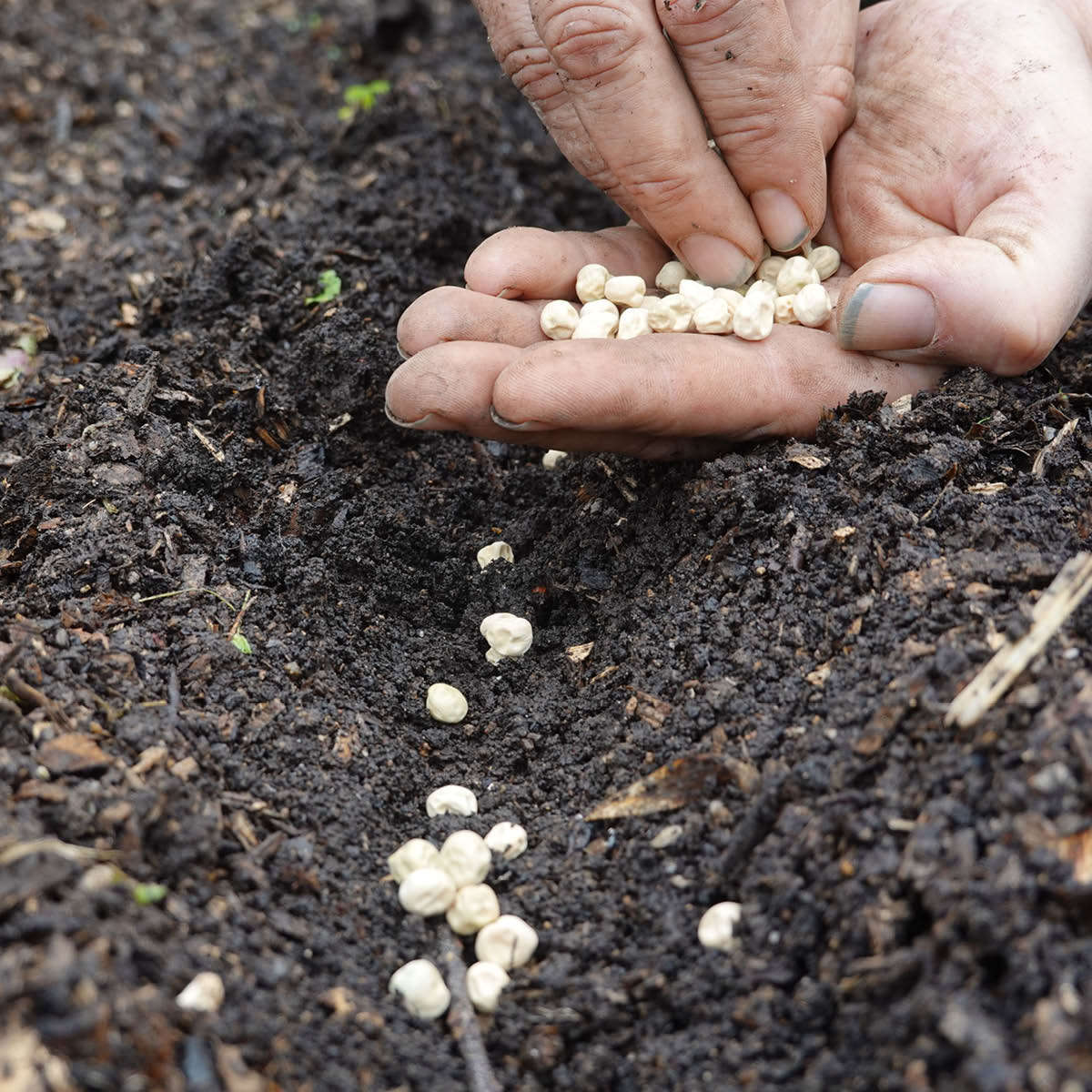
A Teachable Moment
As veggie garden production begins to slow, it's a great time to take pictures and make notes to use as a resource when planning next year's garden.
- Make A List: Make a list of everything you planted in your summer garden, along with a simple sketch showing the position of each plant. What veggies and herbs are your go-tos that you like to repeat each season? What varieties were new or different to your garden this year?
- Production: How did it go? What are you most proud of in your garden this year? What was the easiest crop to grow? What was the most challenging? Did you have any pest or disease challenges?
- Improvements: What would you do differently? Maybe you would like to plant the same veggies, but make improvements in other areas such as site preparation, soil selection, crop placement, irrigation set-up, feeding, and so on.
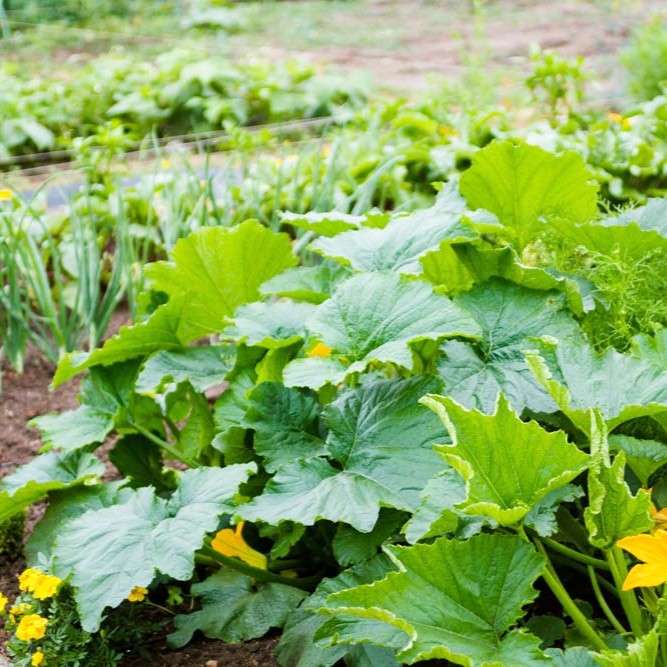
Other Tasks For August
- Continue deadheading perennials and annuals to bring on more blooms and to attract pollinators.
- Divide irises, plant divisions a few months before the first freeze of the year.
- Fertilize your chrysanthemums for a colorful fall show.
- Provide one last feeding for the year for camellias, azaleas, and gardenias.
- Clean garden tools, sharpen if needed.
- Add mulch where needed to maintain a depth of at least three inches.
- Review available rebates for water efficiency upgrades in the home and yard at bewatersmart.info.

